
Safe Environment for Every Child
Did you know the right environment plays a great role in the learning and thriving of a child with special needs? These kids deserve the best and there’s no better gift you can give them than a place that feels safe and becomes a haven for their growth.
Mentioned below are ideas on how thoughtful design changes can make a big difference in your children’s lives.
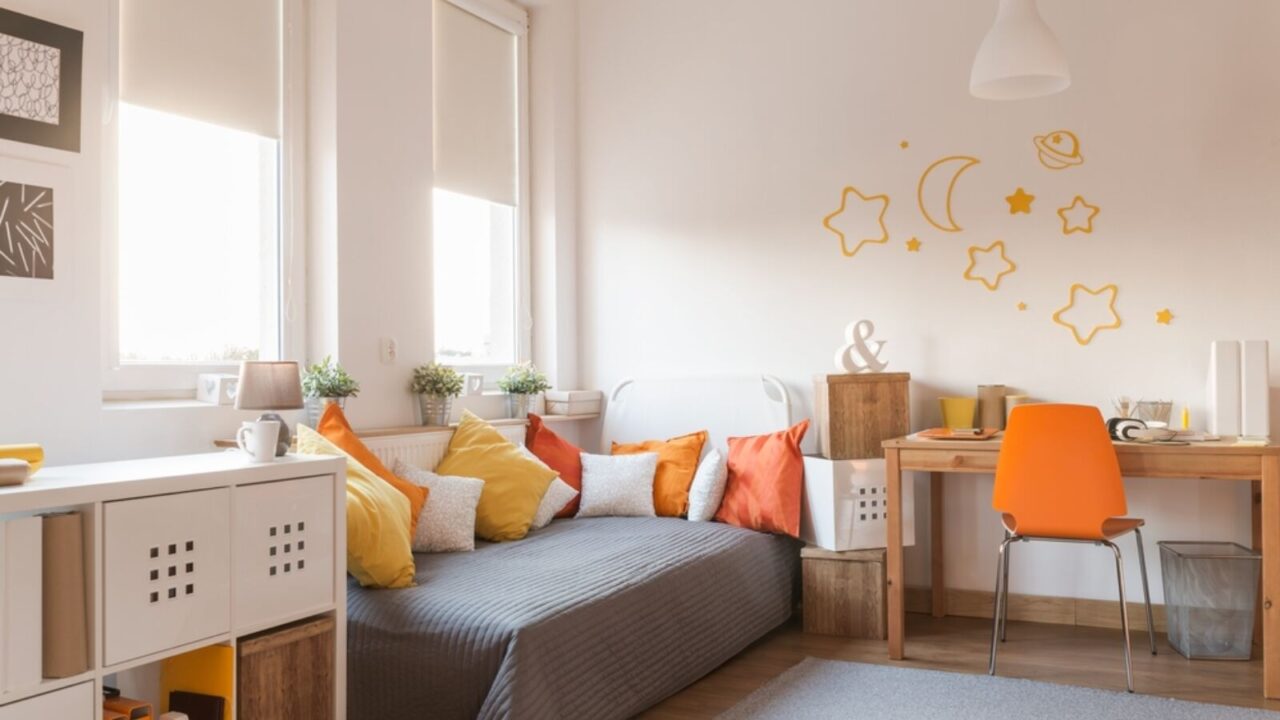
Sensory Room for Autism
If you’ve got a family member who’s been diagnosed with autism, it’s your job to set up a place that caters to their needs and wants.
The main goal is to avoid overstimulation and keep things as simple as possible. Doing so would include using soft, muted lighting and adding comforting tools like tools like:
- Weighted blankets
- Comfortable seating
- Fidget toys
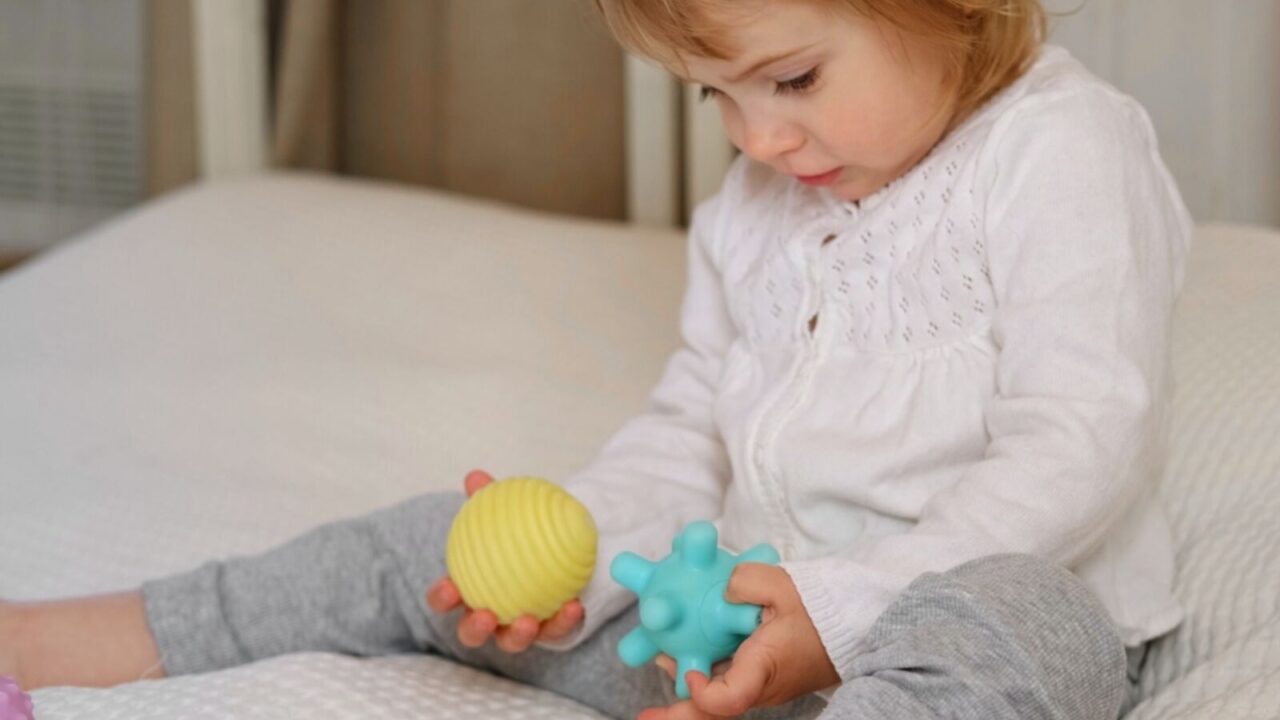
ADHD-Friendly Room
ADHD-affected children will face several problems related to concentration and impulsivity so you need to keep these aspects in mind when designing a room for them. To help them with these problems include stress balls, and spinning tops allowing children to let go of any excess energy.
Clear and understandable visual cues make a great difference, assisting the children in maintaining focus.
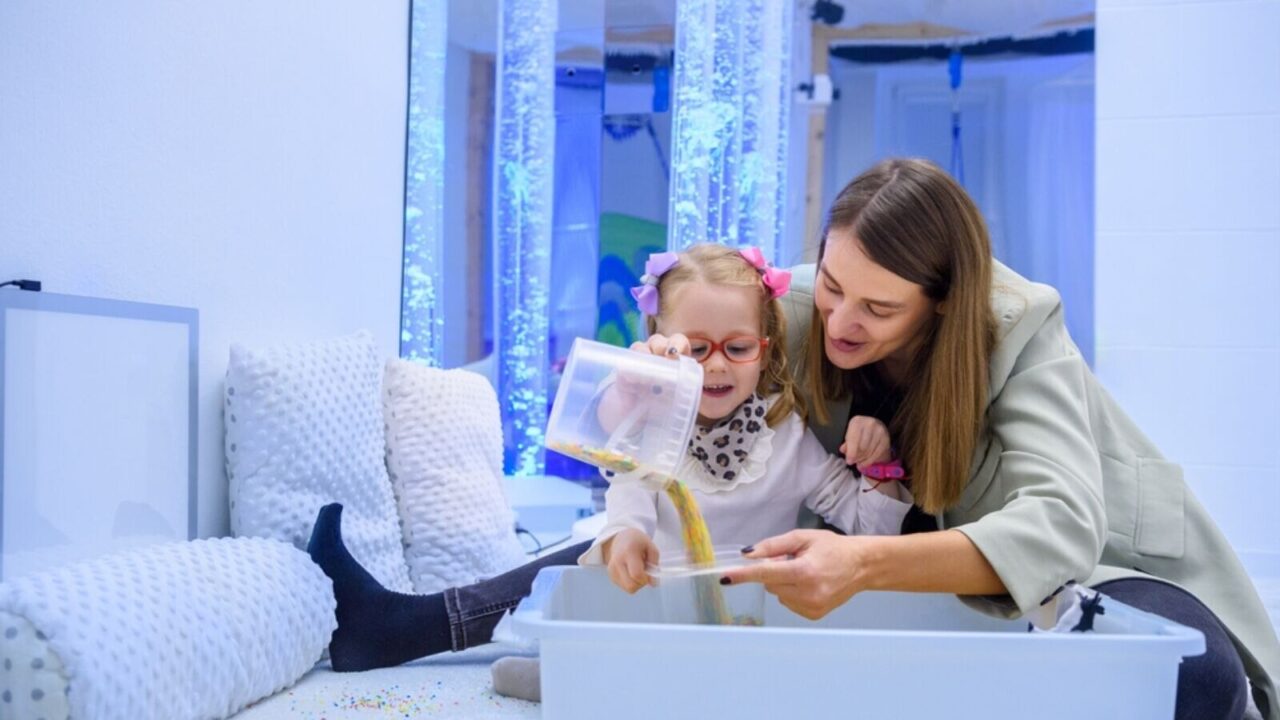
Visual Stimulation
Visual elements are important when it comes to setting up an all-inclusive space for your children. To start, go with adjustable lighting and fiber optic lights to create a soothing environment.
Color schemes in the room need to be chosen after great consideration. Interactive visuals like color-changing panels and projection screens are a great option.

Soundscapes
Children with special needs are attuned to every small distraction in the room and can easily feel ticked by a small factor. Sound is one of them, hence, you need to create an environment with balanced sound levels.
Soundproofing materials like acoustic panels and soft furnishings help prevent unwanted noise and sensory overload. Sound-responsive toys and other musical instruments can be used for controlled auditory experiences.
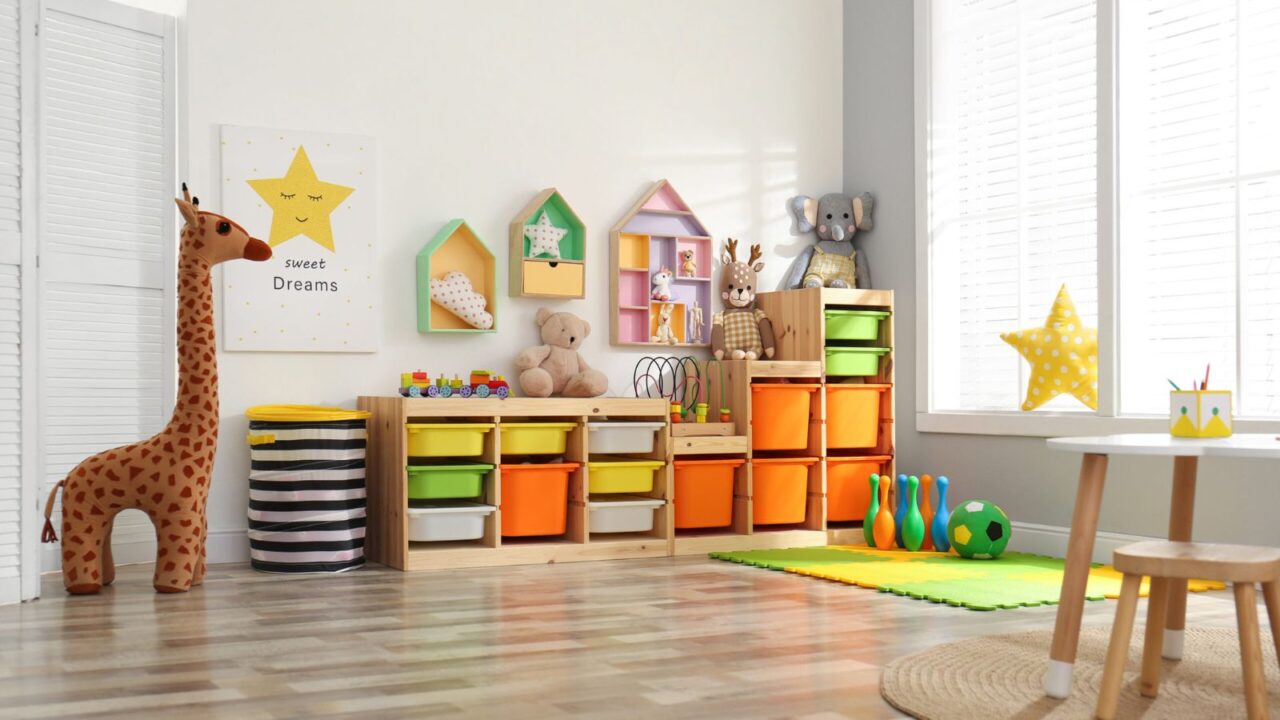
Safe Layouts
Setting up an environment that prioritizes movement and ease should be your goal. Open and wide pathways that can easily accommodate wheelchairs, walkers, and other mobility aids need to be chosen.
Height-adjustable tables and non-slip flooring are a perfect option for kids with disabilities. A space that takes into consideration the elements of disability is important so that your kids can explore, move, and play with confidence.
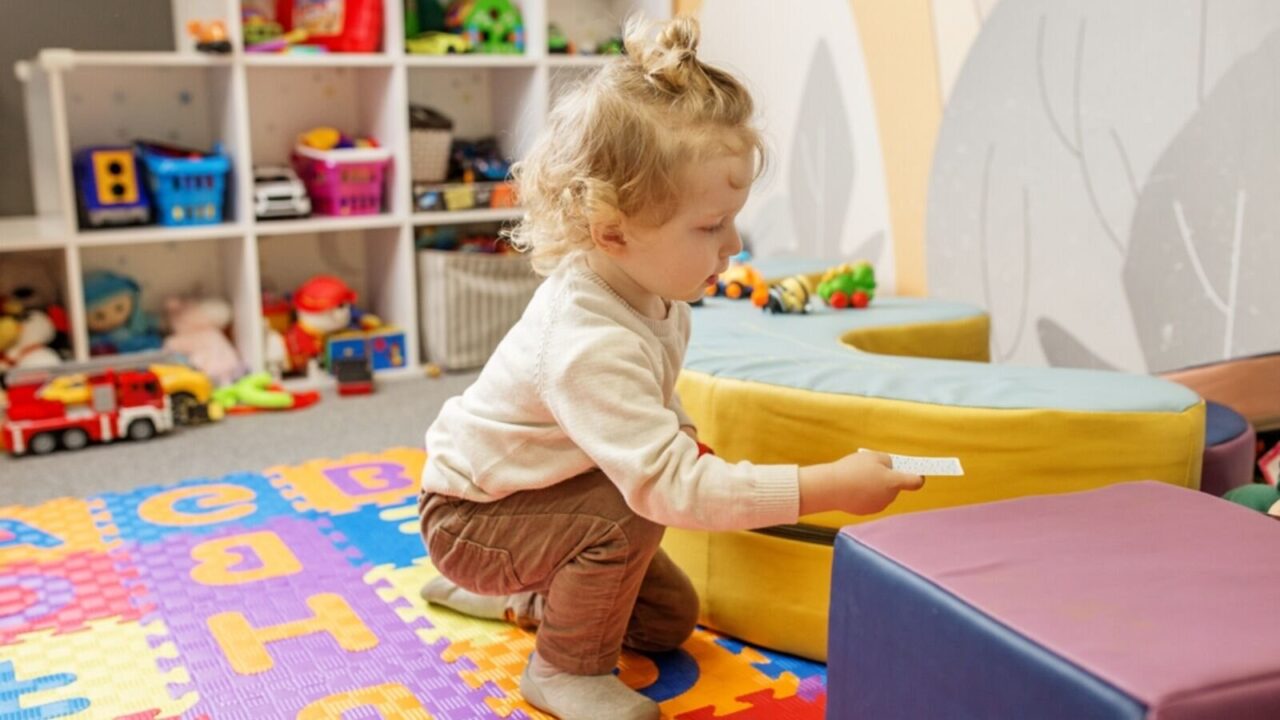
Playful Movements
Just because your kid is in a wheelchair doesn’t mean they’ve to be bound to it. For the sake of their mental and physical health, you need to think about ways your home design can help them in their physical development.
Set up a playroom with soft play areas, and swings that help in vestibular input. Mini-trampolines and other movement-based games can also work.

Childproofing the Home
A single room in the entire home wouldn’t suffice for kids with disabilities. Your entire home should be a safe space for children.
To begin with, furniture with rounded edges in the living room, and a low-height bed in the bedroom to minimize the damage that comes from falling are great options and non-negotiables.

Sunlight
Coming with a list of benefits including mood and sensory regulation, sunlight is your kids’ best friend. Large windows and skylights promote an inflow of light in the daytime creating a warm, inviting atmosphere.
Sunlight is known to help with circadian rhythms improving sleep patterns. If you can’t go with large windows in every room, create a designated sunlight zone so that your child can benefit from natural light.
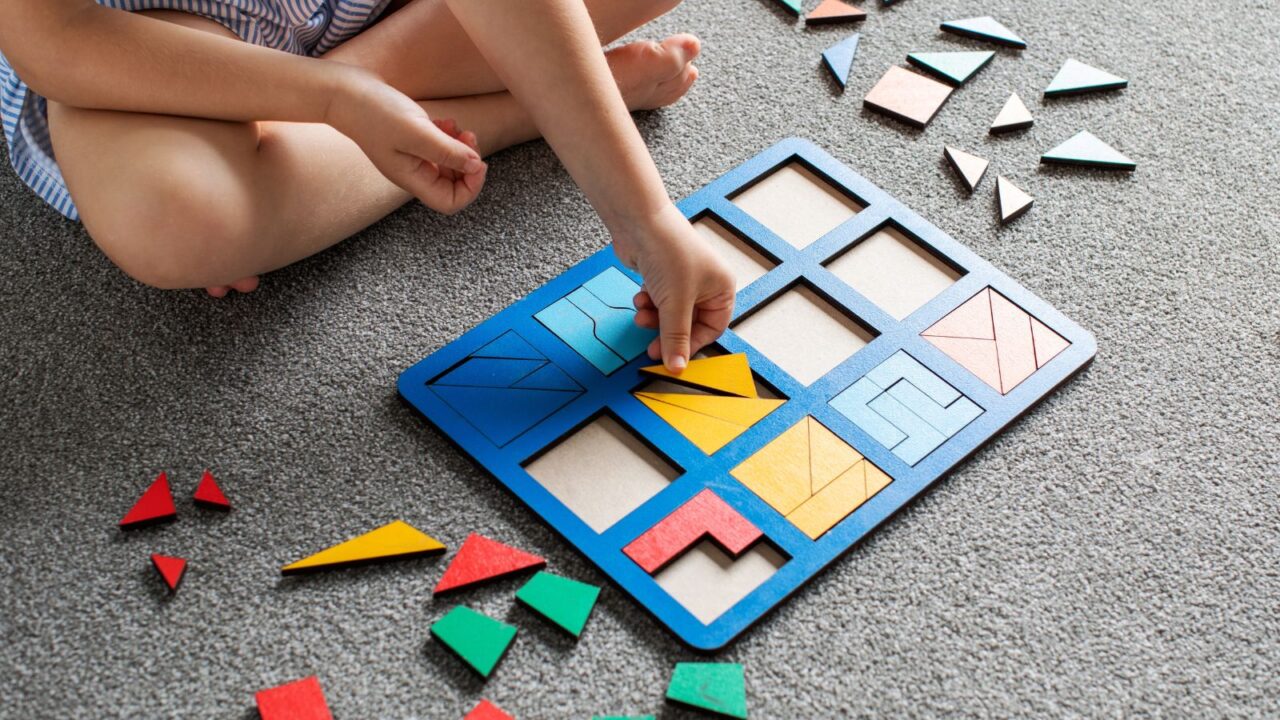
Interactive Learning Stations
Education should be accessible and engaging for all children. Set up a station in your home with interactive learning equipment, like touch-screen tablets, and whiteboards.
Whiteboards will allow the children to draw and solve problems on the board. Sensory bins, puzzle boards, etc, cater to diverse learning styles and are a great way to make learning fun.

Calm Zones
While each part of your home should be designed keeping your kid’s needs in mind, it wouldn’t hurt to set up a calm zone that provides children with special needs relief and escape from overstimulation.
This zone should come with sensor-friendly elements or a few of their favorite toys. The kids should know that whenever they need an escape, this room will always work.

Signage
Kids with disabilities don’t remember directions. To make your home navigable for a disabled child, incorporate braille signage throughout your home.
Place these signs where they can be easily viewed and they should be in colors that are easy on the eyes. Intuitive icons and layouts help children quickly recognize and learn their environment.
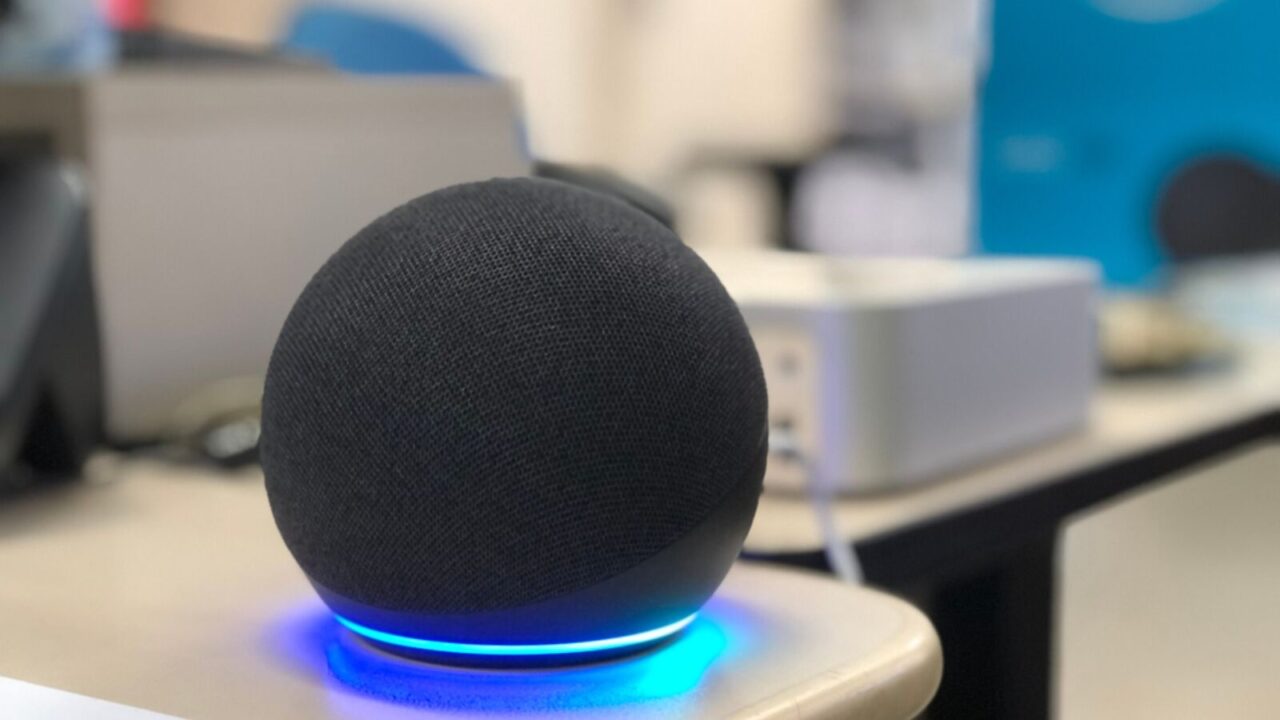
Tech Integration
Technology makes things easier for parents with disabled kids. Voice-controlled assistants and virtual assistants are a great help for children with functional disability.
Adaptive keyboards are a perfect choice for kids having dexterity issues and these devices come with several customizable features. Technological advancement allows for inclusivity and helps set up an environment where the child can learn and engage at their own pace.

Temperature Control
Your home should’ve sufficient cooling, heating, and ventilation systems in place. This will make sure that your home has a pleasant temperature at all times regardless of the weather outside.
Use air purifiers and filtration systems to remove active allergens and other pollutants that can trigger sensitivities.
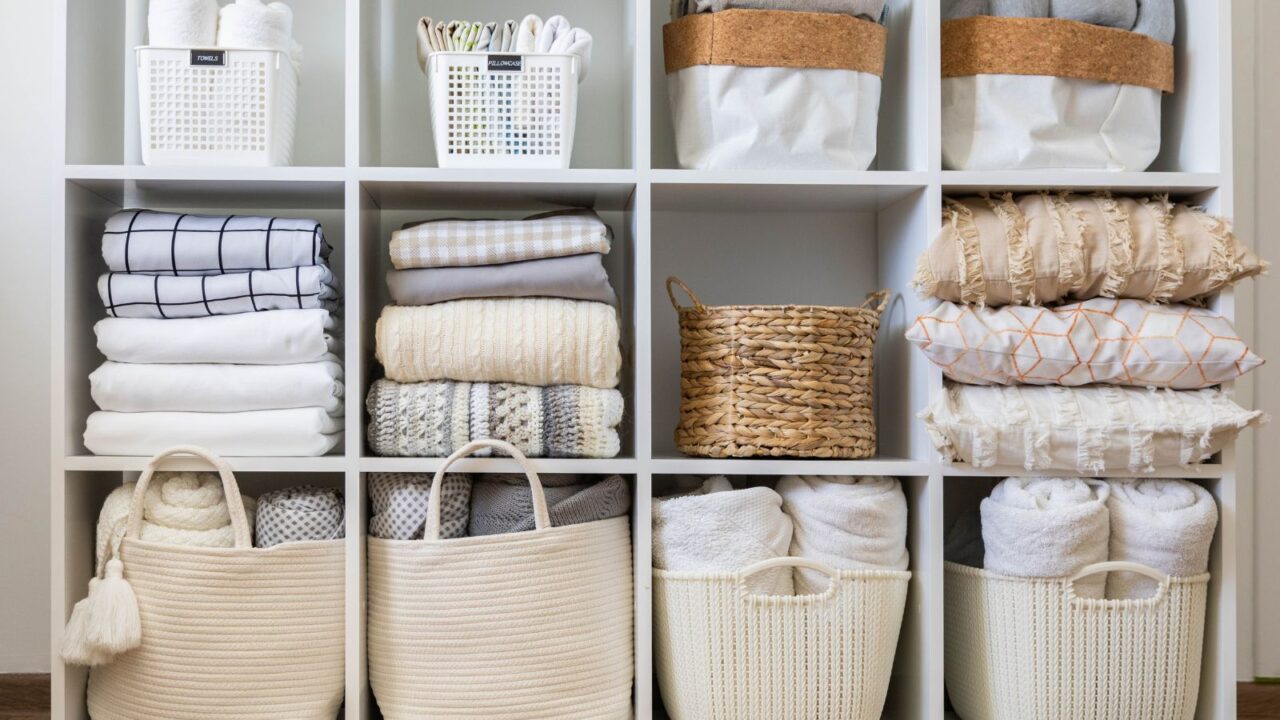
Smart Organization
Things are supposed to get messy and cluttered when you’re dealing with kids who have disabilities. But there’s no need to fret, make sure there’s a proper system in place.
Have baskets and containers in every room so that you can clean the mess in time. Swift cleaning is important because disabled kids are more prone to clutter and can be easily ticked.
Here are some Bedroom Storage Hacks for a Clutter-Free Space.
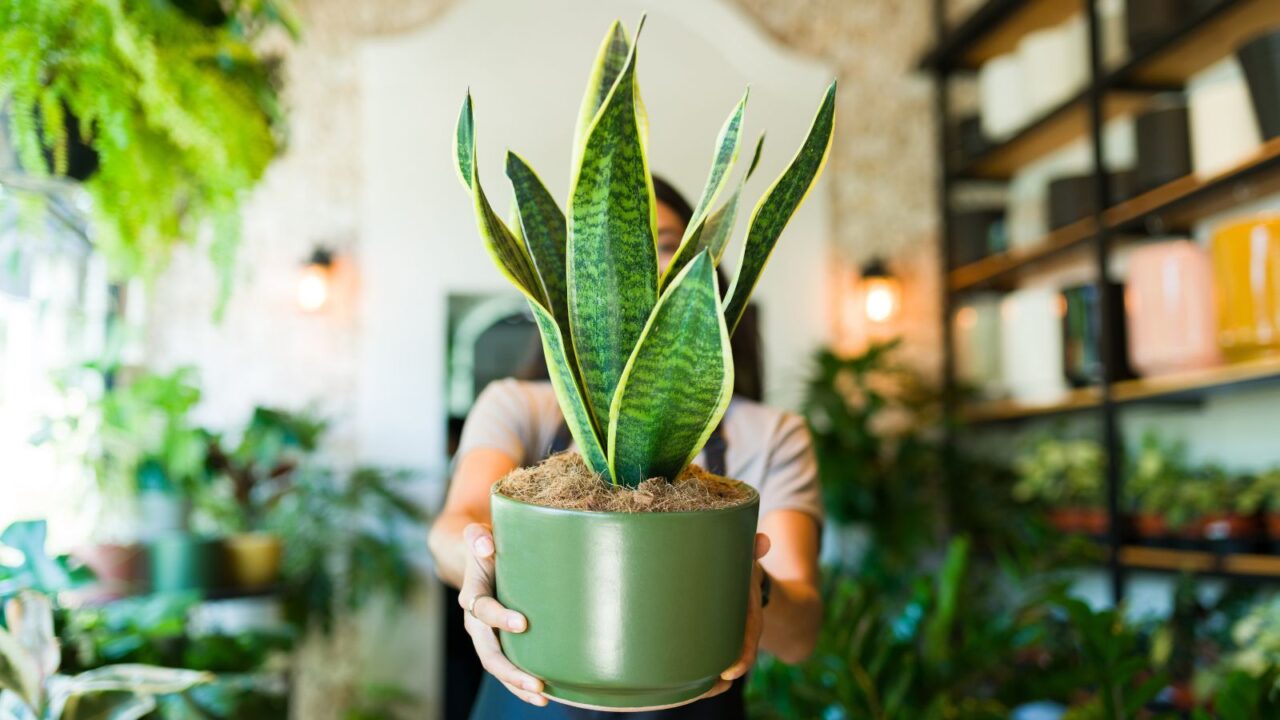
Greenery
Plants come with never-ending advantages and it’s a must-have for a home with disabled kids. If you want to go for low-maintenance plants, spider plants, peace lillies, and pothos are some great options.
A mini-garden however, will do great wonders for your kids, allowing them to interact with plants and have a hands-on experience. Take a look at this article on 10 Indoor Plants for Keeping Your Home Fresh in Summer.